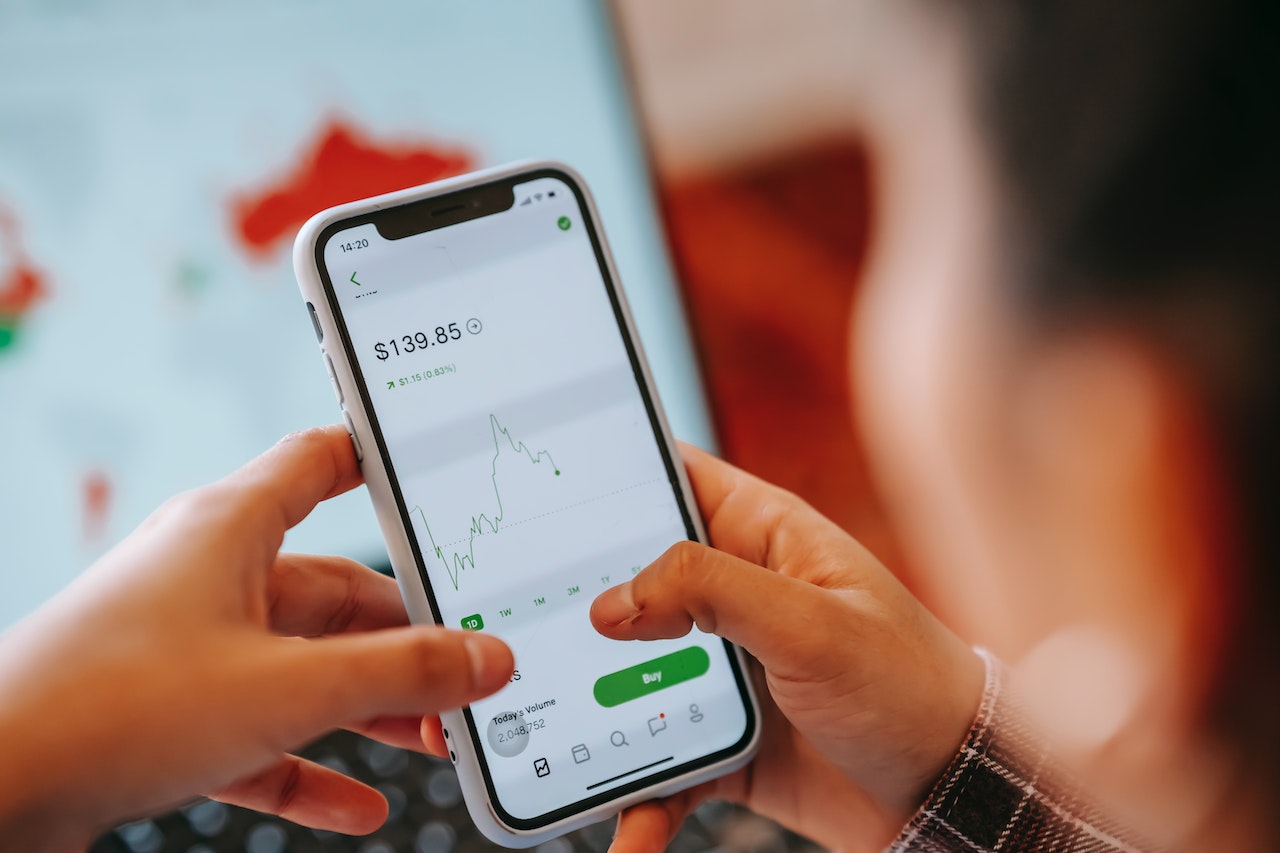The recent AAVE recommendation to halt additional loans for a suspected Curve founder’s account has sparked a lively debate. This investigation examines the fundamentals of AAVE, its meaning in the decentralized finance (DeFi) landscape and the truth behind the en-masse concerns.
AAVE’s proposal that was submitted this month sought to limit the loan accrual of a specific account, triggering discussions about the perceived violation of ‘neutrality’ or censorship-resistance, key principles in DeFi. The controversy furthered inquiries about where does AAVE stand in the context of these principles.
The Aave saga
A suspicion exists among some community members that the account belongs to Michael Egorov, the founder of Curve (CRV), although no independent confirmation of the account owner’s identity has been established.
The proposal’s author is the financial modelling tool Gauntlet and it reports that the Ethereum address 0x7a16ff8270133f063aab6c9977183d9e72835428 has racked up a debt of approximately $67.7 million in USD Coin and Tether USDT. This was achieved through the AAVE v2 protocol, leveraging $185 million worth of Curve tokens as collateral. Gauntlet voiced concerns about the potential for continued debt escalation and the potential liquidation risk in the event of a sudden Curve price drop. CRV’s recent liquidity decline exacerbates this issue as a liquidation could lead to market slippage due to insufficient buyers. AAVE could potentially be faced with millions of dollars of bad debt, according to Gauntlet’s analysis of Aave crypto implications.
What is Aave?
Let’s now take a break and remind ourselves what Aave is. Aave is a decentralized, open-source, and non-custodial protocol on the Ethereum blockchain that allows users to deposit and borrow cryptocurrency without the need for an intermediary. Named after the Finnish word meaning ‘ghost,’ Aave was initially launched as ETHLend in 2017 but rebranded in 2018. At its core, Aave offers a platform where users can lend and borrow a diverse range of cryptocurrencies, earning interest on the deposits. Lenders provide liquidity to the market, while borrowers are able to secure loans either over-collateralized or under-collateralized. Aave’s unique features include flash loans, uncollateralized lending options, and a governance token – AAVE. This token gives holders a say in the future development of the platform, reflecting the ethos of decentralized decision-making within the DeFi ecosystem. The rise in Aave’s use and the associated increase in the Aave price reflect its growing popularity in the DeFi market. At the time of writing the Aave is trading at a wholesome $50, which is quite a discount if we consider that at some point it was priced at as high as $650
The saga goes on
One of the AAVE users alleged that the wallet address in question is linked to the Curve founder, indicating potential ownership by Egorov. In user’s perspective, this could be a strategy for the founder to reap benefits from his entrepreneurial efforts within Curve. However, the owner’s identity remains unconfirmed.
As part of the solution, Gauntlet proposed the AAVE Decentralized Autonomous Organization (AAVE DAO) to deploy a patch preventing further utilization of CRV as loan collateral. This measure would let the account maintain its existing loan status while avoiding additional debt accumulation.
The Aave language in the forum was mixed, with some supporting the proposal and criticizing the account for amassing a considerable debt. AAVEBull, a forum participant, alleged that the account holder may have no intention of repaying the debt as it consistently increased despite a falling token price.
On the contrary, some participants defended the account holder. User pray.eth suggested that the account’s owner might think CRV tokens are significantly undervalued and see the falling price as an opportunity to expand their collateral.
Marc Zeller, founder of the Aave-Chan Initiative and regular forum contributor, cautioned AAVE DAO to maintain the core DeFi ethos of neutrality. He emphasized the importance of users’ freedom to use the protocol according to their needs.
The proposal remains a “recommendation” as of June 16, signifying it hasn’t been transformed into an official AAVE Improvement Proposal (AIP) for DAO voting. The author indicated that this transformation is the proposal’s “next step.”
Quick side note. You too can participate in Aave voting by purchasing the platform’s tokens. You can use any of the ‘How to buy Aave’ guides to acquire the tokens, and once you do, you become a rightful voter and part of the huge community.
Global blockchain community is still debating the boundaries of censorship resistance. Earlier controversies involved high Bitcoin transaction fees due to Ordinal minting and trading. Additionally, Tether’s blacklisting of an account that stole $25 million from EVM front-running bots raised concerns about potential censorship.
The recent developments and discussions highlight the complex interplay between the evolving DeFi landscape, Aave crypto and its price dynamics, and the importance of upholding the principles of neutrality and censorship-resistance.
Will AAVE increase in value?
In recent days, the AAVE token has exhibited a declining trend. On June 7, 2023, the token was valued at $59.10, and it maintained a similar level over the next couple of days, peaking at $60.00 on June 9, 2023. However, following this peak, the token began a descent. It decreased to $52.75 on June 10, 2023, and despite minor fluctuations in the following days, the overall downward trend continued.
Based on AAVE price prediction engines like Gate.io, the most optimistic outlook for AAVE by year end is $74, although by 2030 it is expected to triple in value. Of course, these predictions can be wiped out if the platform continues to expand and grow in user numbers, which in turn should incrementally boost transactions. Only time will tell if this is a possibility, but DeFi in general is growing at an exponential pace, so the bets are all looking positive.
